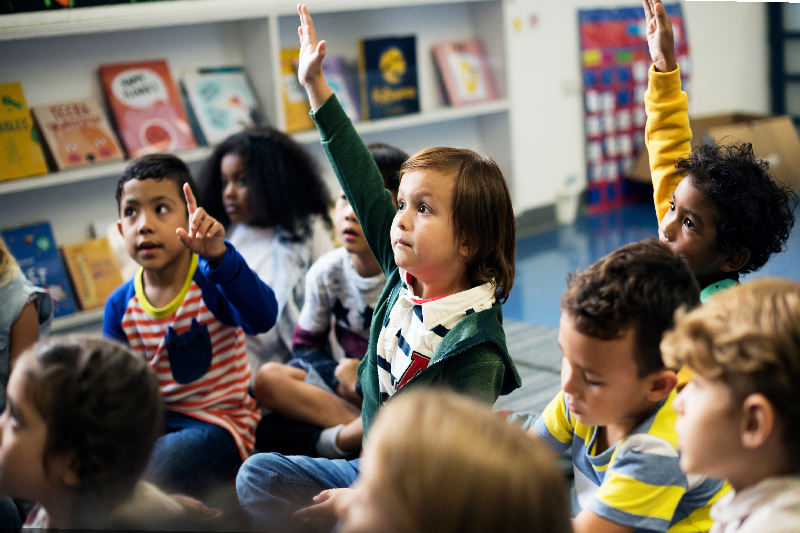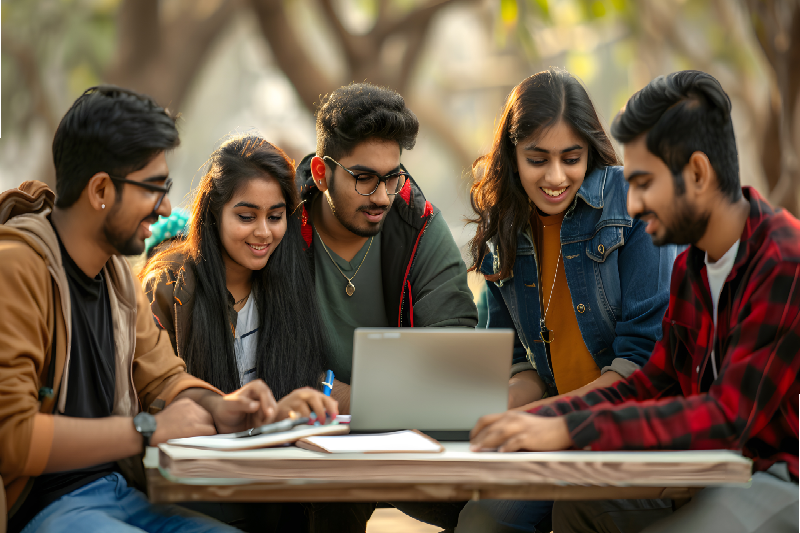
Inside Finland’s School Day: What the World Can Learn from Its Calm and Creative Education System
Finland’s education system has long been held up as a global model, not just for its academic outcomes but also for its revolutionary approach that blends independence, creativity, and joy in learning. A typical school day in Finland reflects this philosophy, where flexibility, emotional well-being, and experiential learning take center stage. With schools designed around student needs and daily schedules that balance learning with play, Finland is setting a powerful example of what a child-first education model looks like in practice.
A Calm Start to the Day
School mornings in Finland are remarkably relaxed. The day usually begins around 8:15 am, and in some schools, as late as 9:30 am. This delayed start allows children to get adequate rest, leading to better focus and reduced stress. Students commonly bike to school, thanks to safe, child-friendly neighborhoods and the proximity of schools to residential areas. This active and independent start contributes to physical well-being and a sense of responsibility from a young age.
Rethinking Learning Spaces: The Case of Metsokangas School
A standout example of Finland’s progressive schooling approach is Metsokangas School in Oulu. Its newly developed Korpimetso building challenges the conventional idea of classrooms. Rather than confining students to small rooms, the building features four expansive learning areas. Each area can accommodate up to 100 individuals, including students, teachers, and support staff. These spaces are modular and designed to support varied learning styles—group discussions, independent projects, or quiet study. The environment fosters collaboration, autonomy, and a shared sense of community.
Flexible Learning Designed Around the Child
One of the key features of Finnish education is giving students autonomy over their learning. At the start of each week, students receive their assignments and are encouraged to decide when and how to complete them. This promotes time management skills and intrinsic motivation. Much of the learning happens in small groups or project formats, allowing children to explore topics based on personal interest and capability.
In these open learning environments, one might observe a diverse range of activity: some students researching European countries, others reading quietly, while a group practices English with a teacher. The system is fluid yet structured, with teachers and assistants available to guide or intervene. There are also soundproof, quiet corners for students who need extra concentration or calm.
Arts, Crafts, and Hands-On Creativity
Finland strongly emphasizes subjects often undervalued elsewhere—arts and crafts being a prime example. Dedicated rooms are provided for painting, woodworking, and other hands-on activities. These subjects aren’t treated as secondary but are woven into the curriculum as essential for developing creativity, fine motor skills, and emotional expression. This hands-on approach caters to diverse learning preferences and strengthens problem-solving abilities in practical contexts.
Balanced Schedules with Built-In Breaks
Lessons in Finnish schools typically last 60 minutes, but a 15-minute break follows each. These regular pauses allow students to recharge, interact socially, and move around, improving concentration and reducing classroom fatigue. The lunch break is longer, giving children ample time to eat and play. Students often head outdoors during these breaks, sometimes even into nearby forests, promoting physical activity and a connection with nature.
A Gentle End to the School Day
The school day in Finland usually concludes by 1:30 p.m. After school, children return home—often still biking—and follow a light, relaxed schedule. They may have a quick snack and do a small amount of homework, usually at least 10 minutes. Evenings are reserved for free play, time with friends, and hobbies such as dance, music, or sports. Parents or public transport help facilitate these extracurriculars, creating a healthy balance between academic life and personal growth.
Conclusion: A Model Rooted in Trust and Balance
At its core, Finland’s education system is built on trust—trust in teachers, trust in students, and trust in the learning process itself. It avoids overscheduling, high-stakes testing, and rote memorization, instead nurturing children's holistic development. This system demonstrates that when students are treated with respect and given room to grow at their own pace, they flourish academically and personally.
Finland offers a compelling model as schools worldwide search for ways to make education more meaningful and less stressful. Its daily school structure—calm, purposeful, and student-centered—encourages us to rethink what truly matters in education.



